While in Nepal with my husband, who was doing research for his PhD, I regularly searched the streets for a tasty “thela,” the local equivalent of a food truck back in the USA. My personal favorites there included Leonard’s Malasadas, based in Honolulu, and the Kogi Truck in Los Angeles, and I was delighted to discover Nepal had its own contributions to the food scene. One night, a friend took me to Keshab Rai’s “thela” for a late afternoon treat of “chaat pat,” dahi puri (puri with yogurt), and aloo nim kim (potato with nim kim), all everyday savory and sour snacks combining puri, lemon zest, masala, peppers, and other delicious morsels. Compared to other thelas on the street with the same offerings, Keshab’s was still bustling with activity even at 7 pm, a time long past what is typical by Nepali standards. After several orders of dahi puri, I became a fast regular.
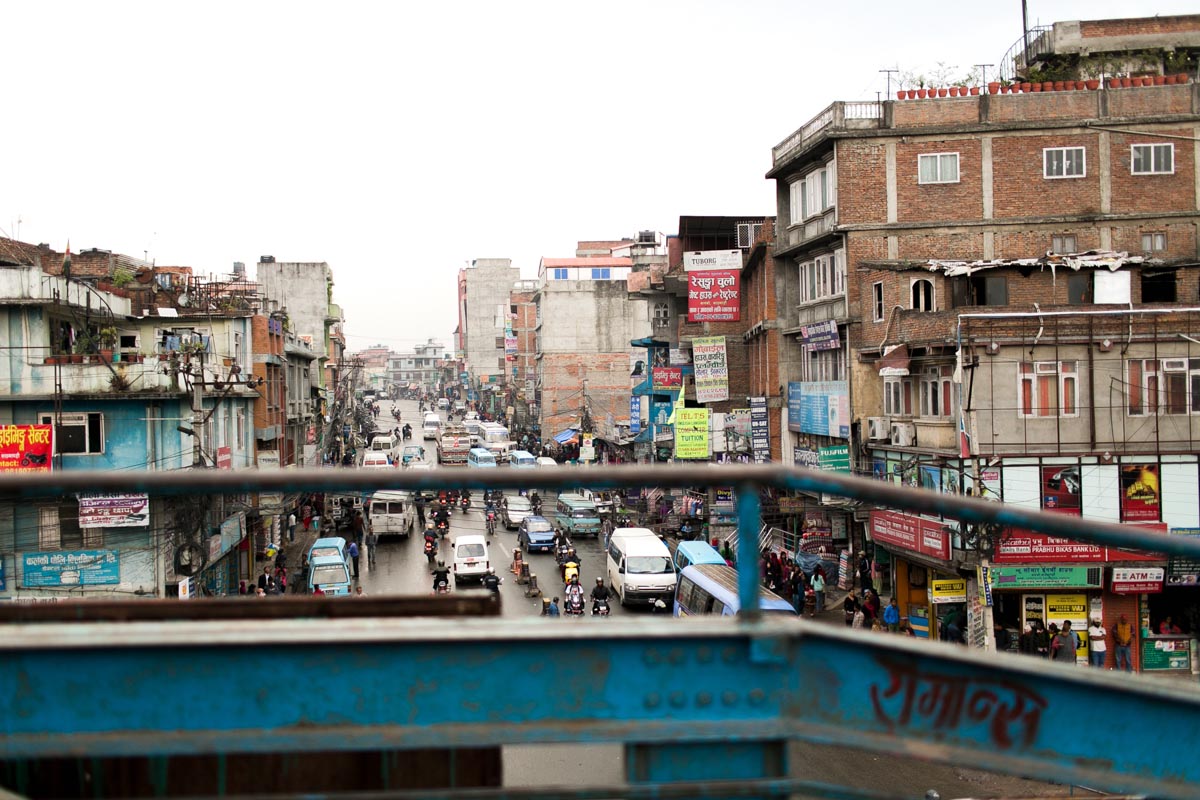
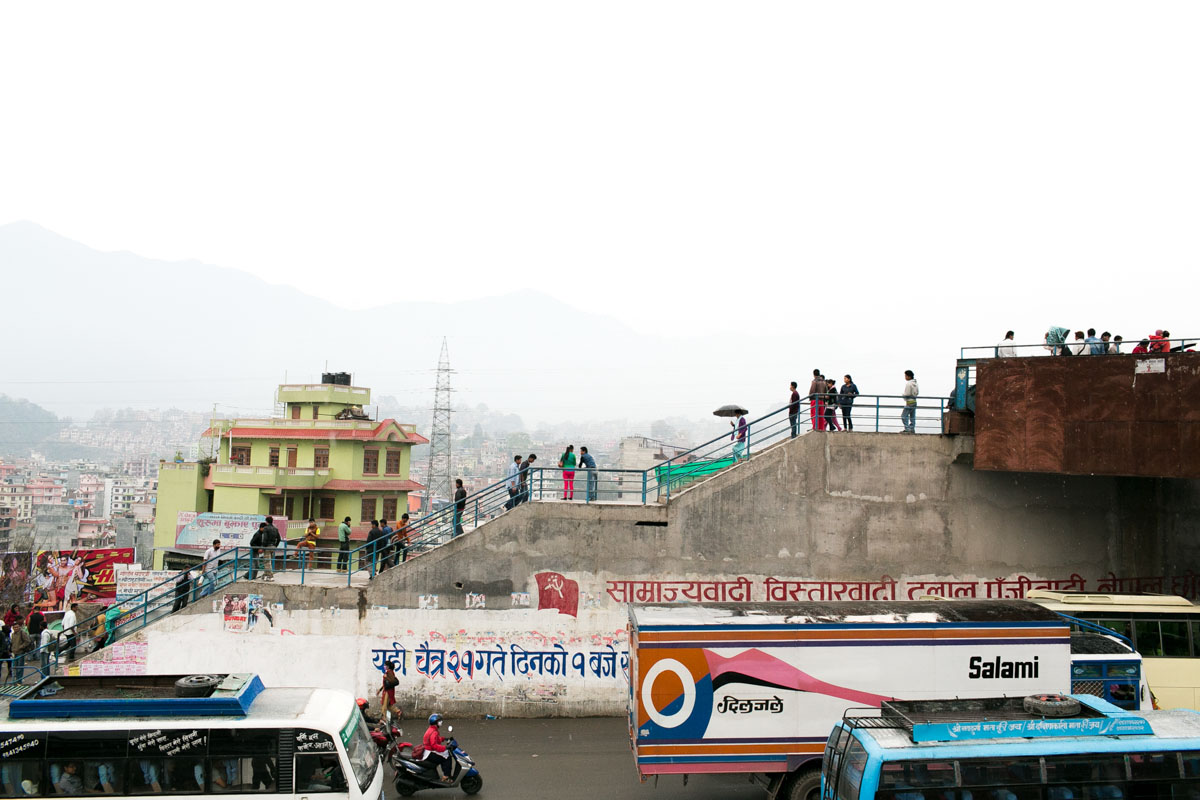
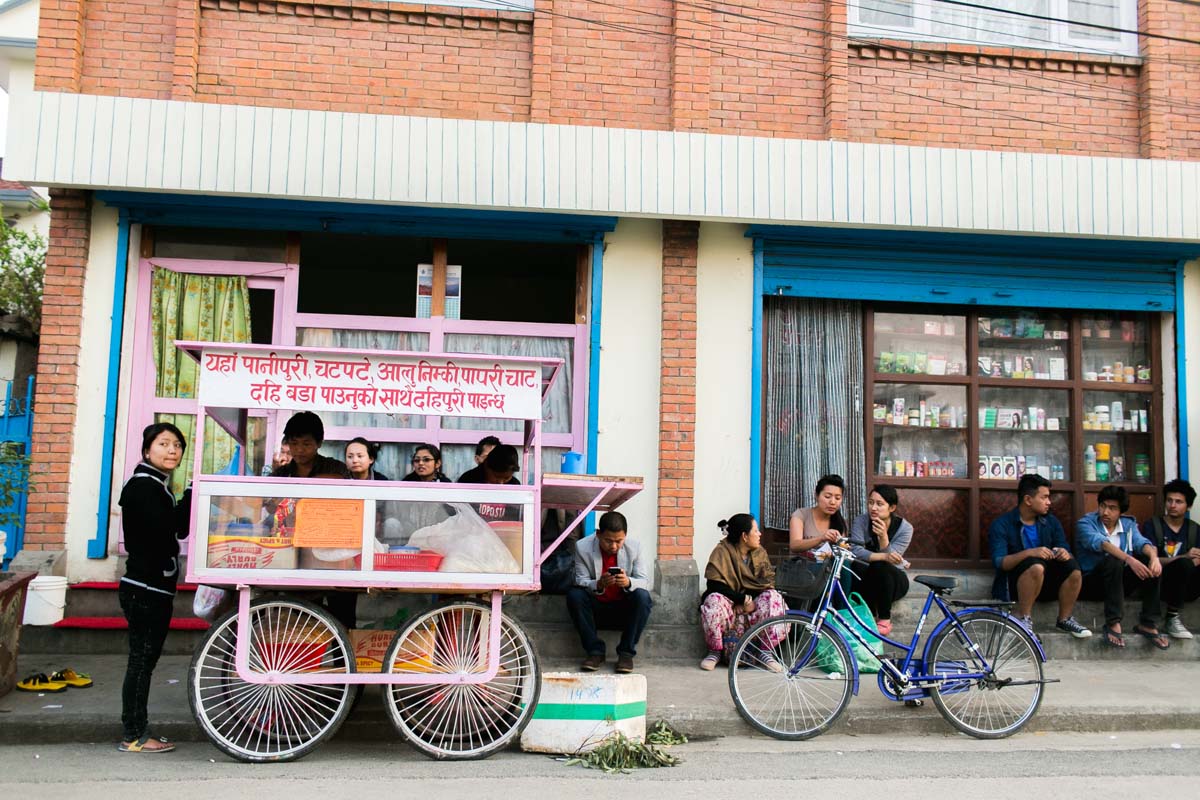

But it wasn’t just the food that caught my eye, Keshab had something very unique about him. His eyes danced to a message of hope. His food sang a song of glee. And while some people cook to eat, some cook for a living, and some cook for fun, it’s clear that for Keshab Rai, it is little of all three. Impressed with his success and the passion with which he worked, I decided to learn more.
What initially began as a promising painting career drastically turned toward the culinary arts after a two-month stint in Bombay, India. It was there that at eighteen, Keshab and three friends traveled in pursuit of becoming professionally licensed painters for the Nepali housing market. Of the four, Keshab was the only one to pass the test. Discouraged and alone while visiting the Taj Mahal Hotel in Agra one day, he witnessed its amazing kitchen production and for the first time in his life, a passion for cooking was born. From then was inspired to cook, and was mentored by a local street vendor in Bombay who specialized in making puri.
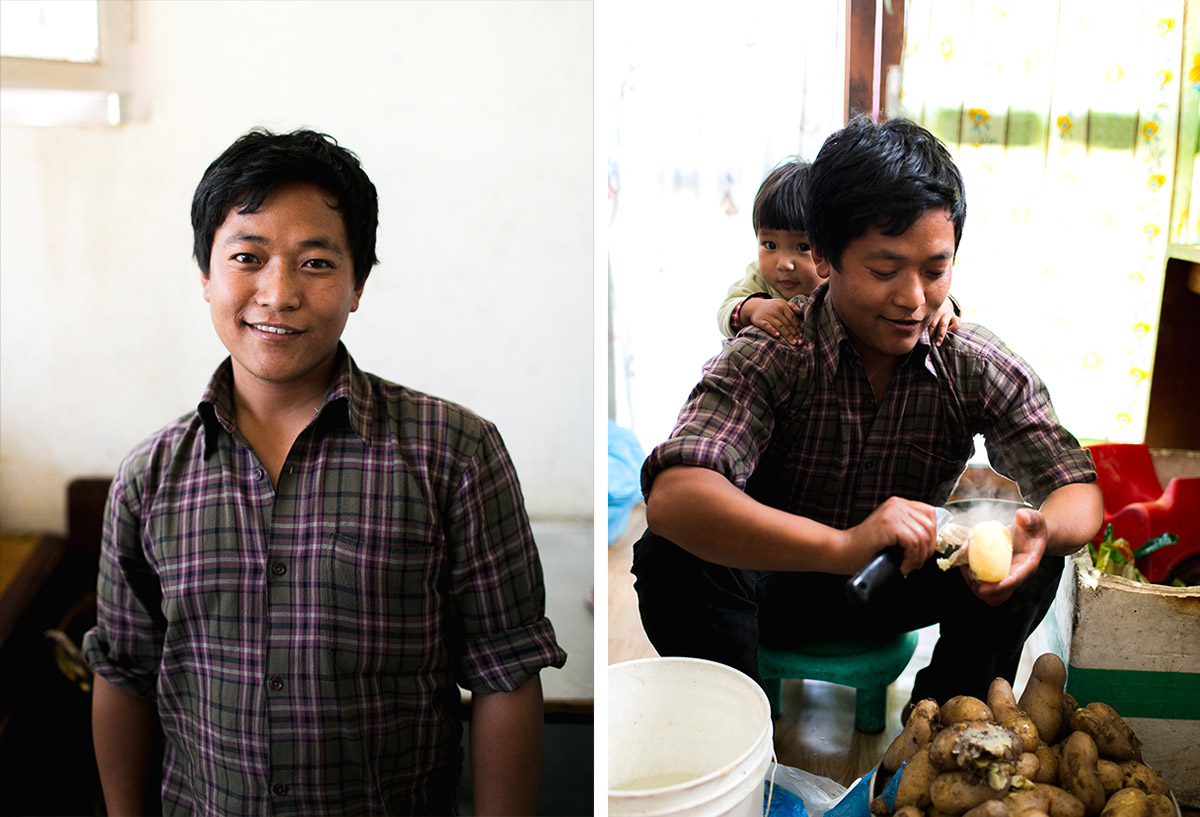
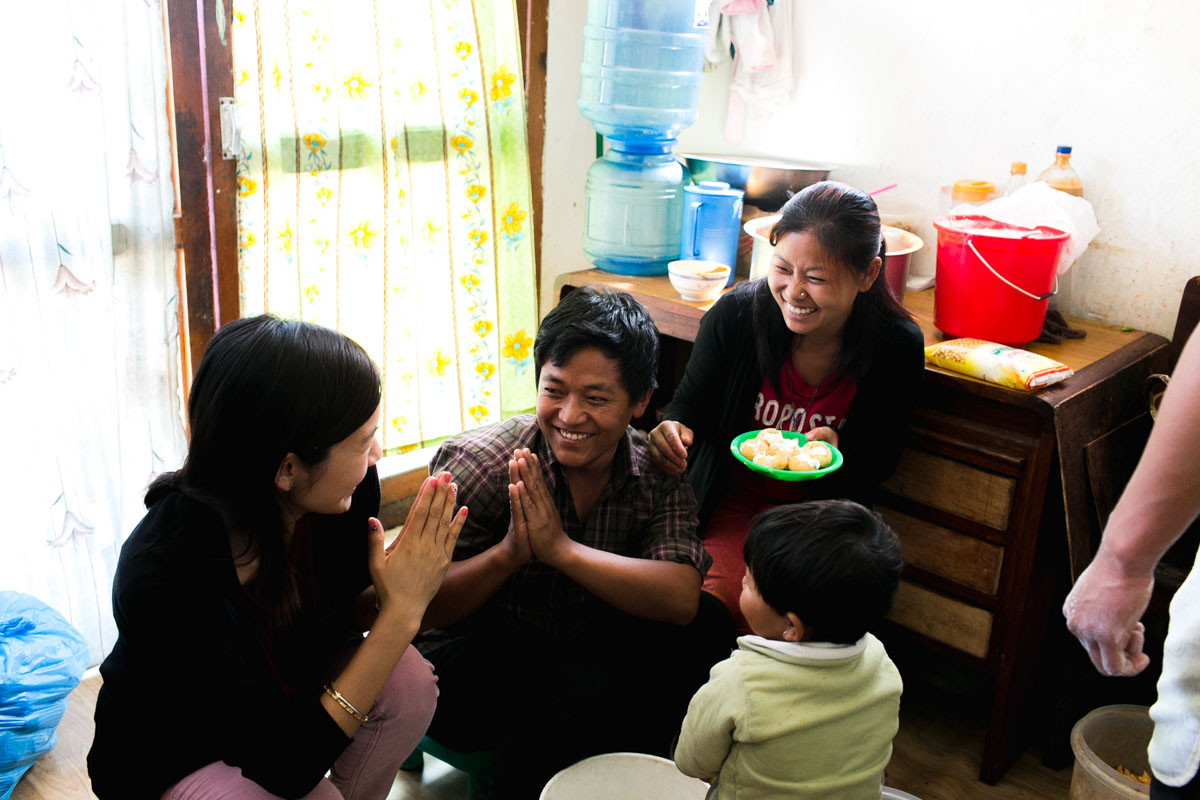

Today, at twenty-nine, Keshab Rai is founder, head chef, and owner of a booming “chaat” pushcart business in the Nakhipot district in Lalitpur, Kathmandu. He has been fine-tuning his recipes for several years, and his puris are made with finesse. However, it wasn’t until just three years ago that he officially began his business full time with a humble cart and a five-item menu. Since then, his transportable chaat shop has become a neighborhood favorite, and he’s even upgraded his thela to a larger model. At the simple mention of “dahi puri”, locals know to whom it refers.
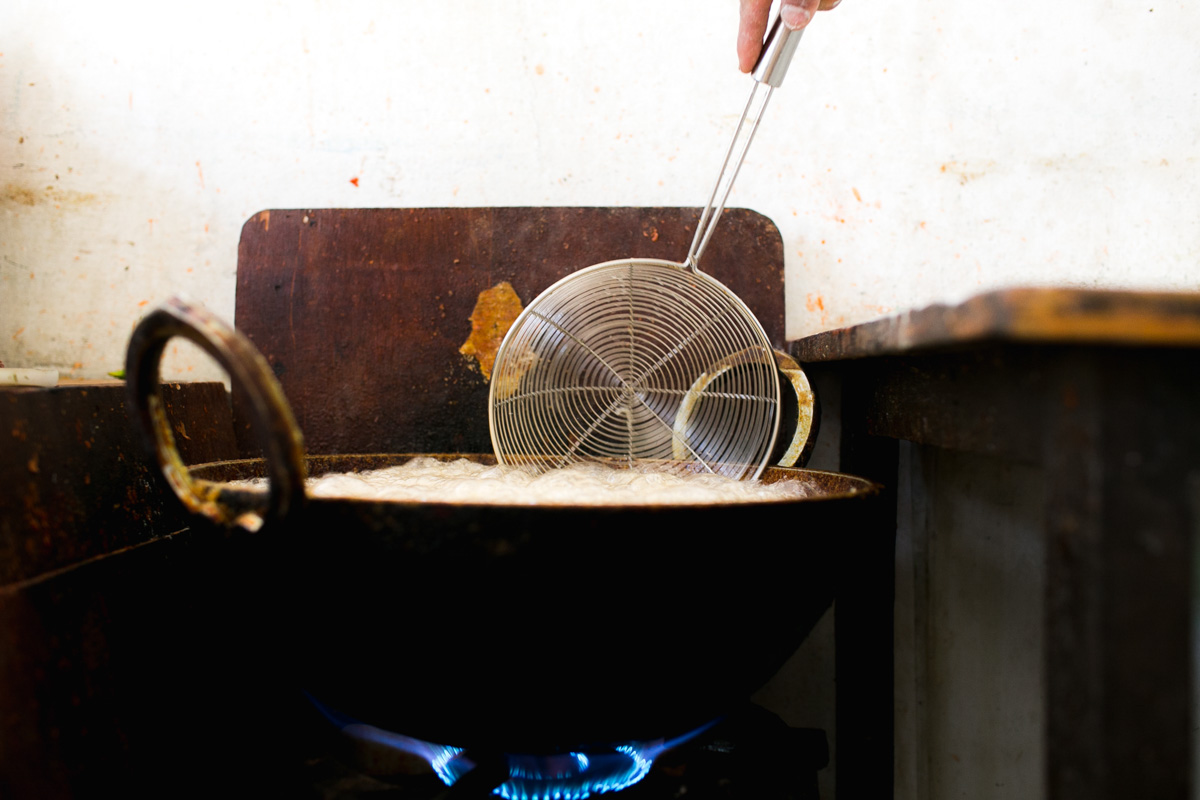
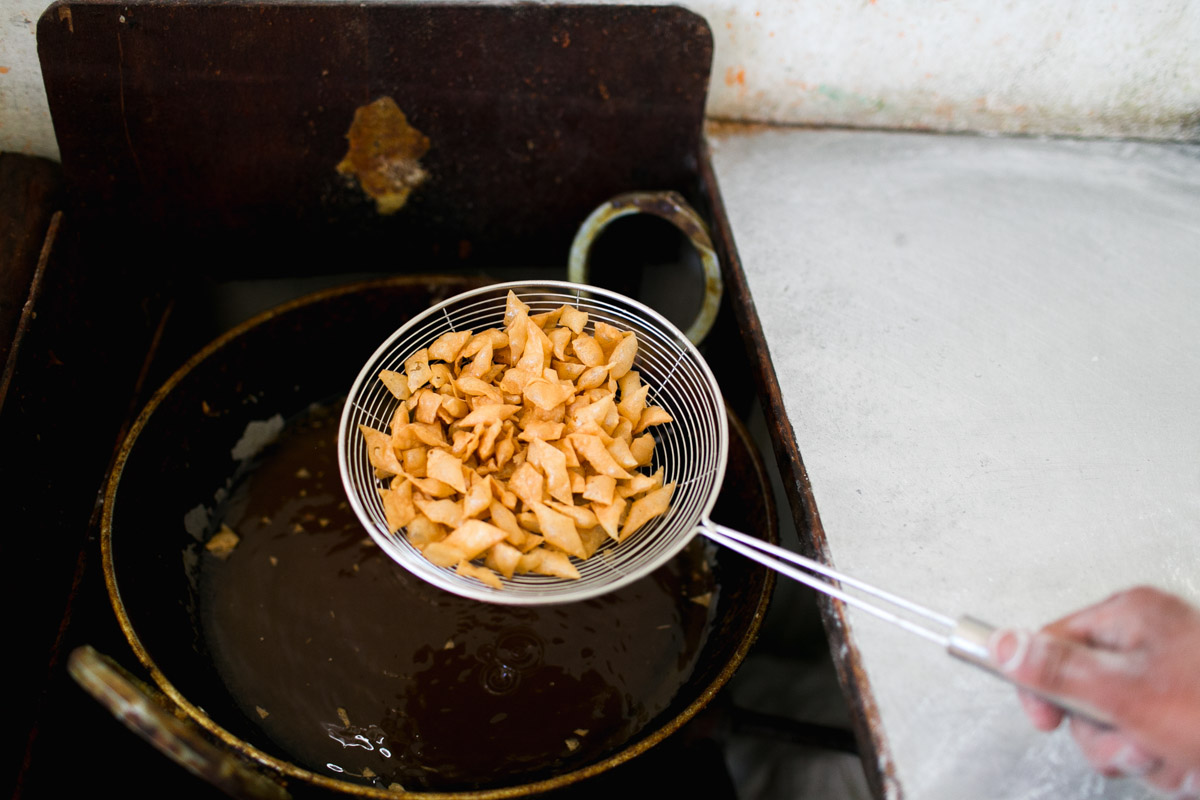
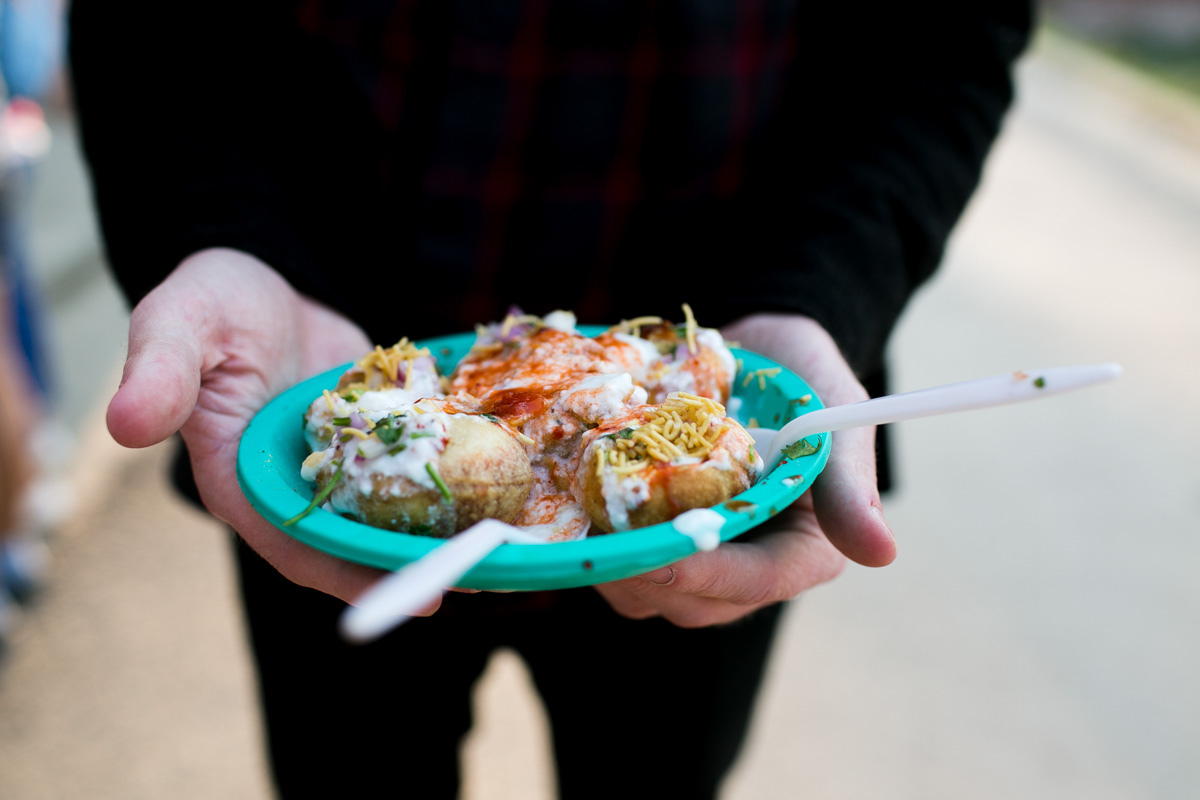
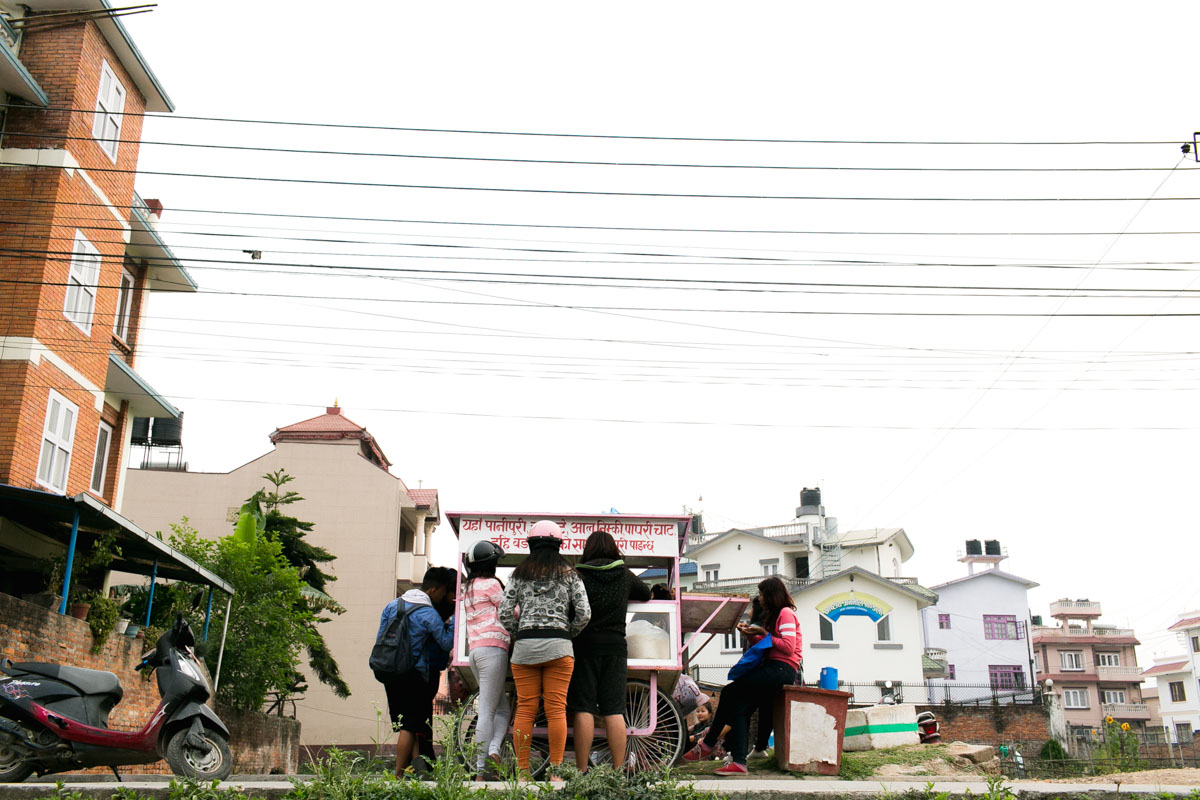
Despite his thela’s successful appearance today, it wasn’t always so for Keshab. “When I first got back to Nepal, I painted and only made a little money. It wasn’t enough. I got married, and after that, I started doing the thela in between painting. Eventually it turned into full time,” Keshab says. Daily, he chooses to thrive in, rather than just survive the challenges of Nepali life. He takes great pride, as does the neighborhood that flocks to his pushcart once, sometimes twice or even more per week. His fans are loyal; daily, his business feeds over 150 hungry locals. All with one simple “thela.” With a glimmer in his eye Keshab remarked, “There are many thela’s, but many of them do not actually enjoy what they are serving.” It’s obvious Keshab enjoys what he serves, and only serves what he would enjoy.

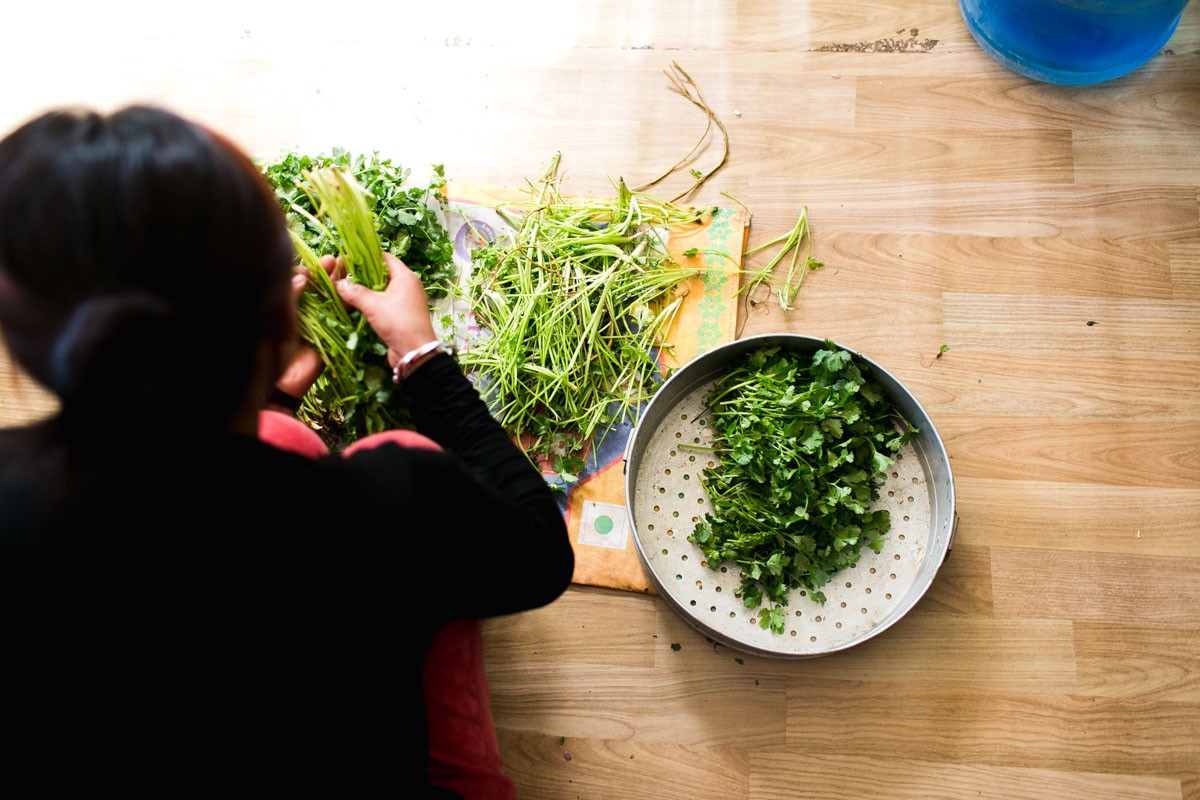
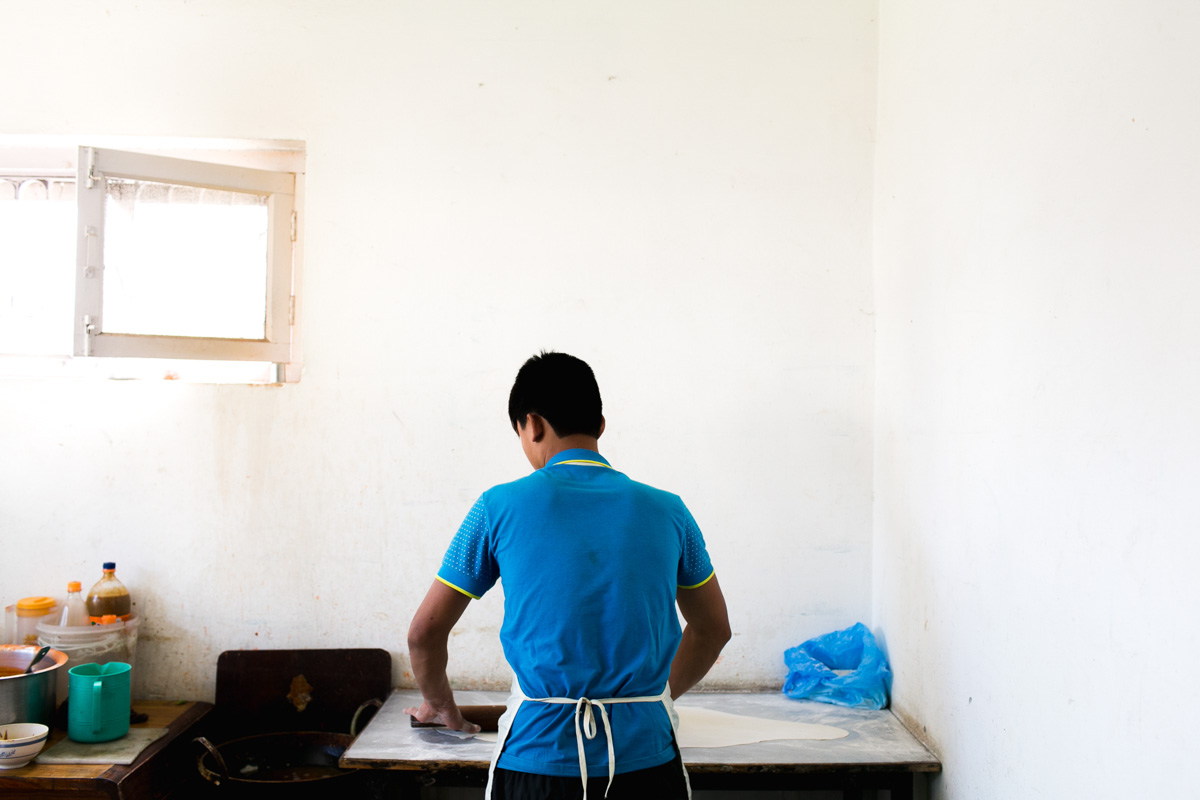
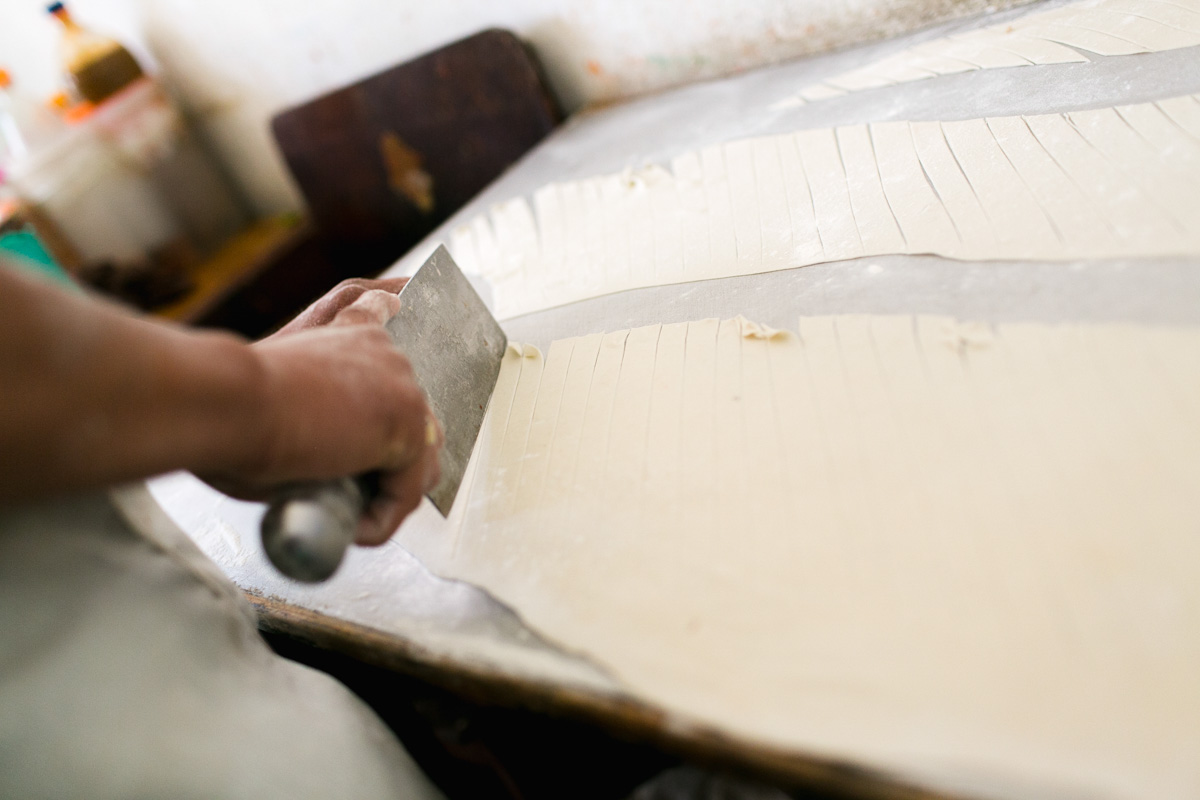
Though Nepal is one of the world’s most poverty-stricken countries, Keshab stands in a sea of impoverished Nepalis as one with a message of hope. Unlike many other Nepalis who look to leave the country for work, Keshab Rai has decided to stay in hopes of helping his own country become a better place through food. He has made a revolutionary choice.
Though it’s commonly known that “thela’s” are run by locals to sell snacks, fruits, and vegetables around town and within each village, they are also traditionally perceived to be on the lower end of the job spectrum in Nepal. They’re often operated by uneducated, under-skilled, and low-income people, and it’s not considered a particularly desirable position.When I sat down to ask Keshab why he does what he does, he responded, “I want to be an example to others especially here in Nepal where people don’t like to run this type of thela. Everyone says that this job is so small. I want to say that this job is not a small job.”
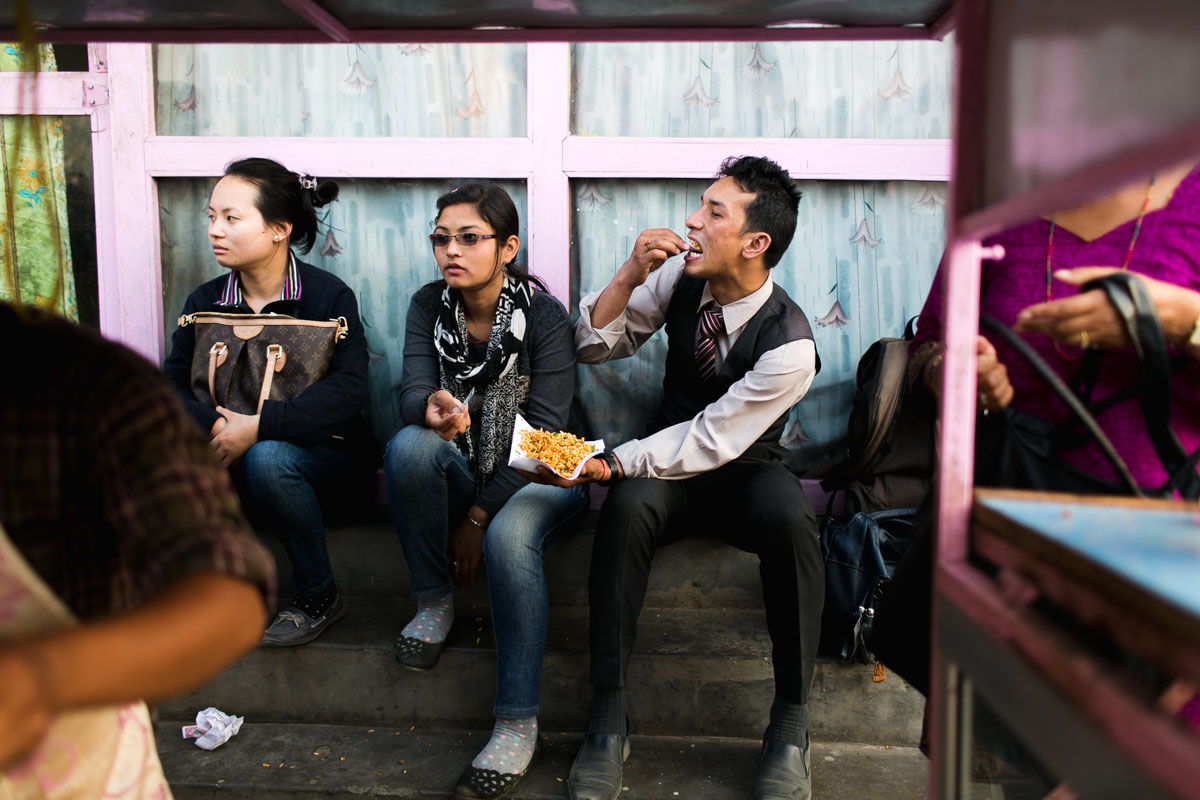
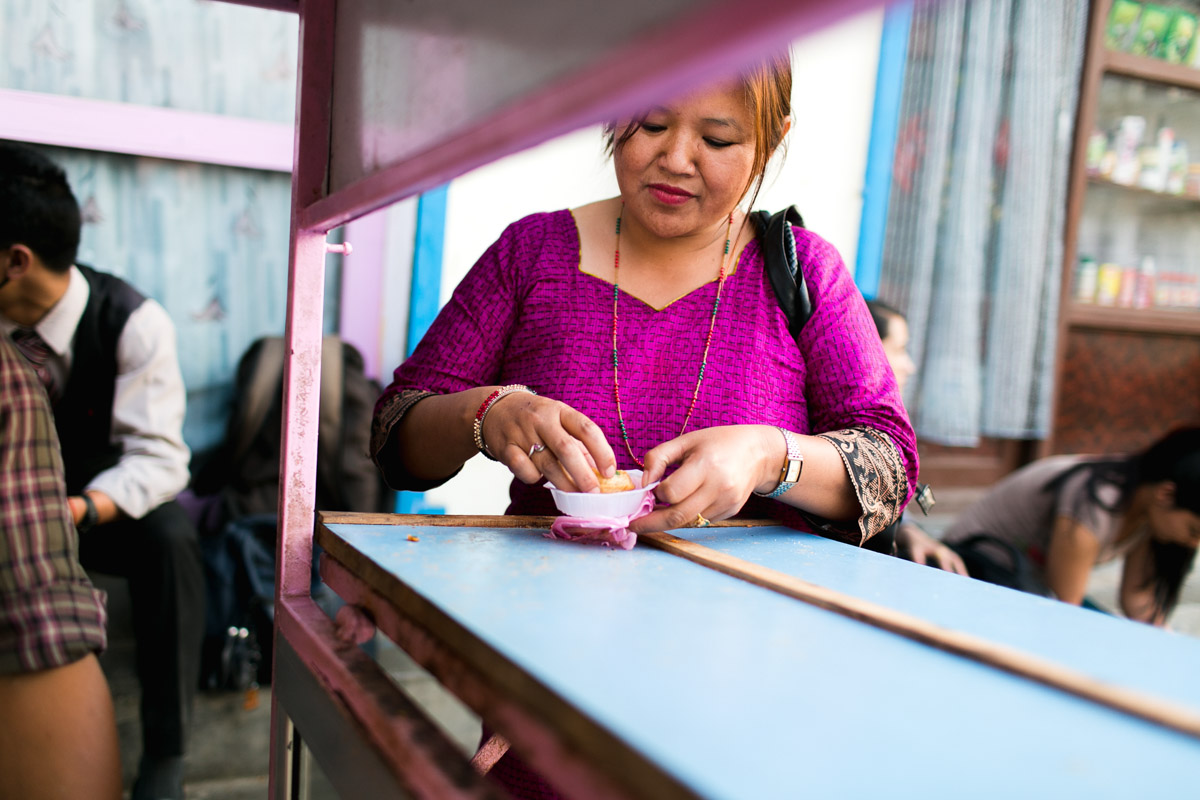
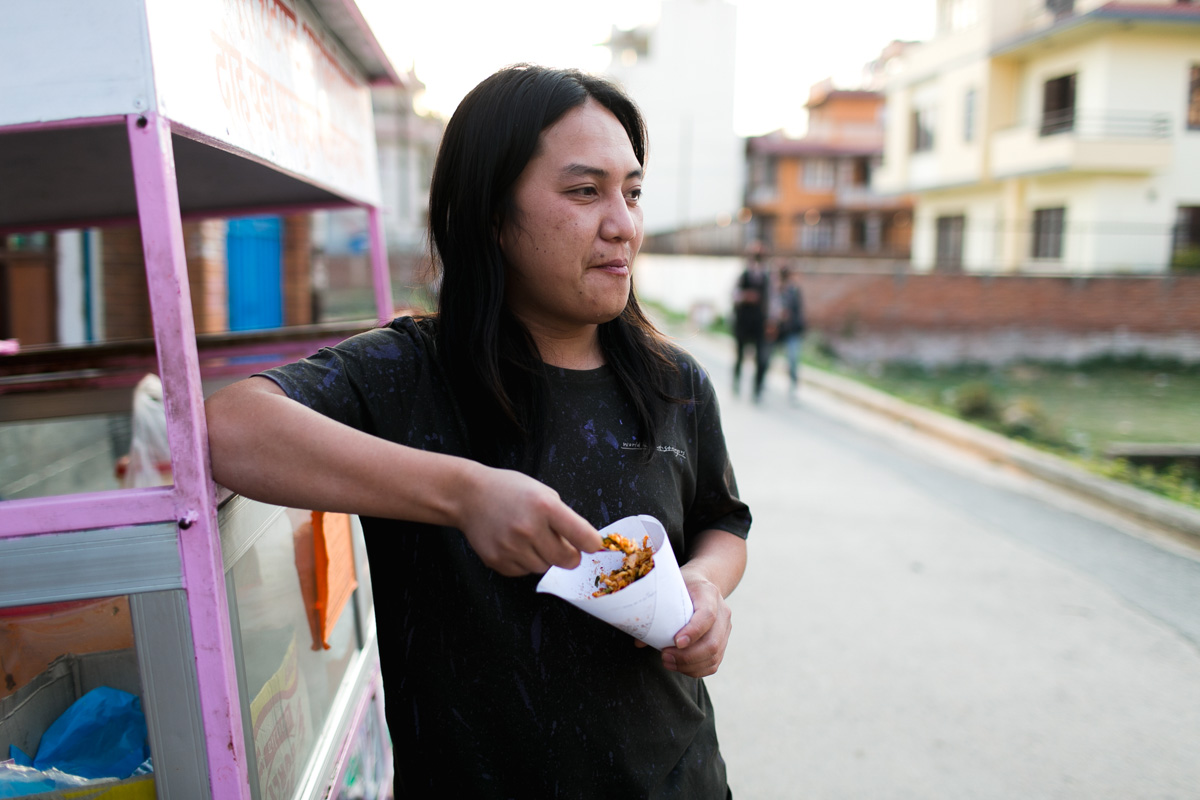
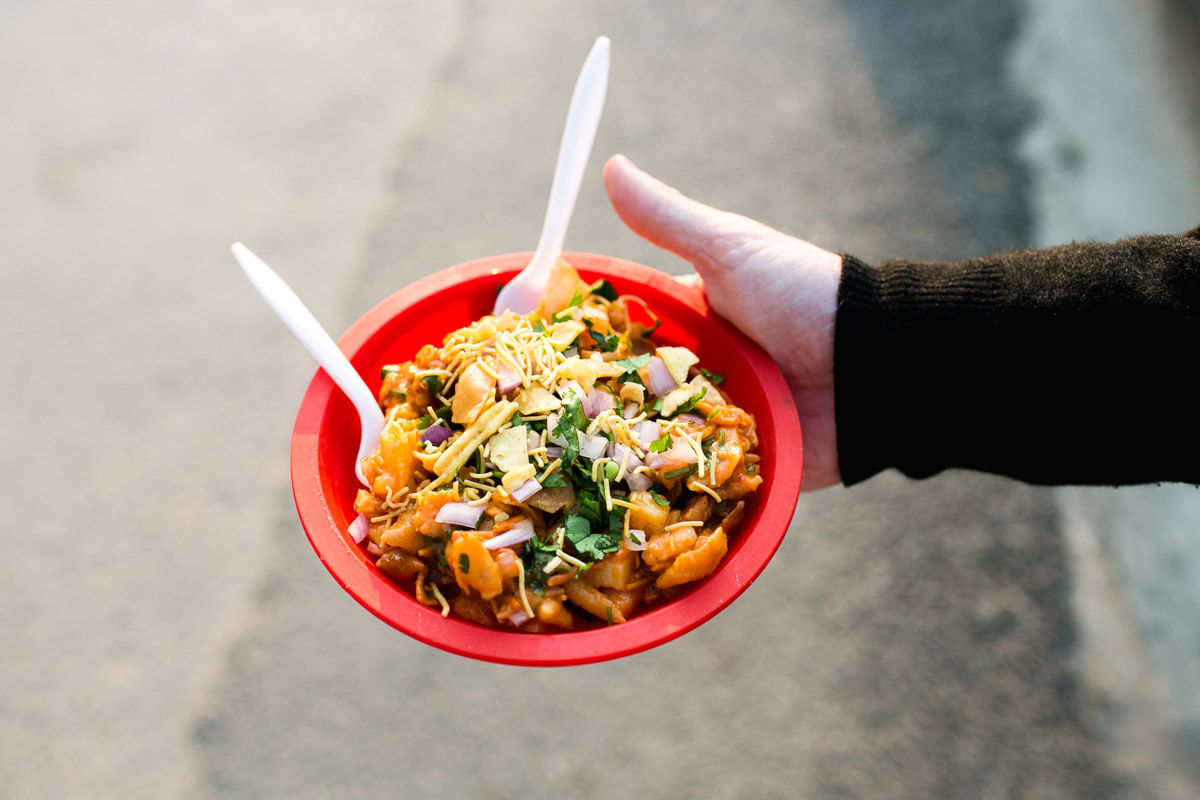
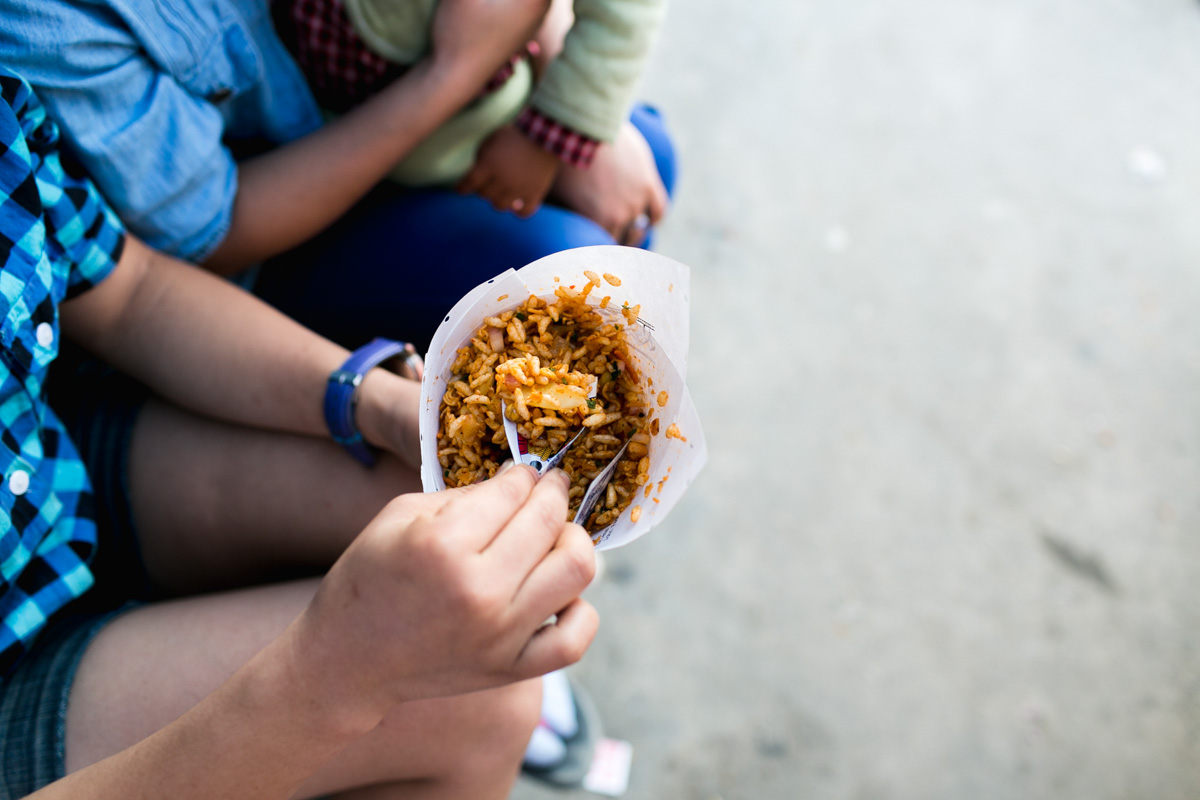
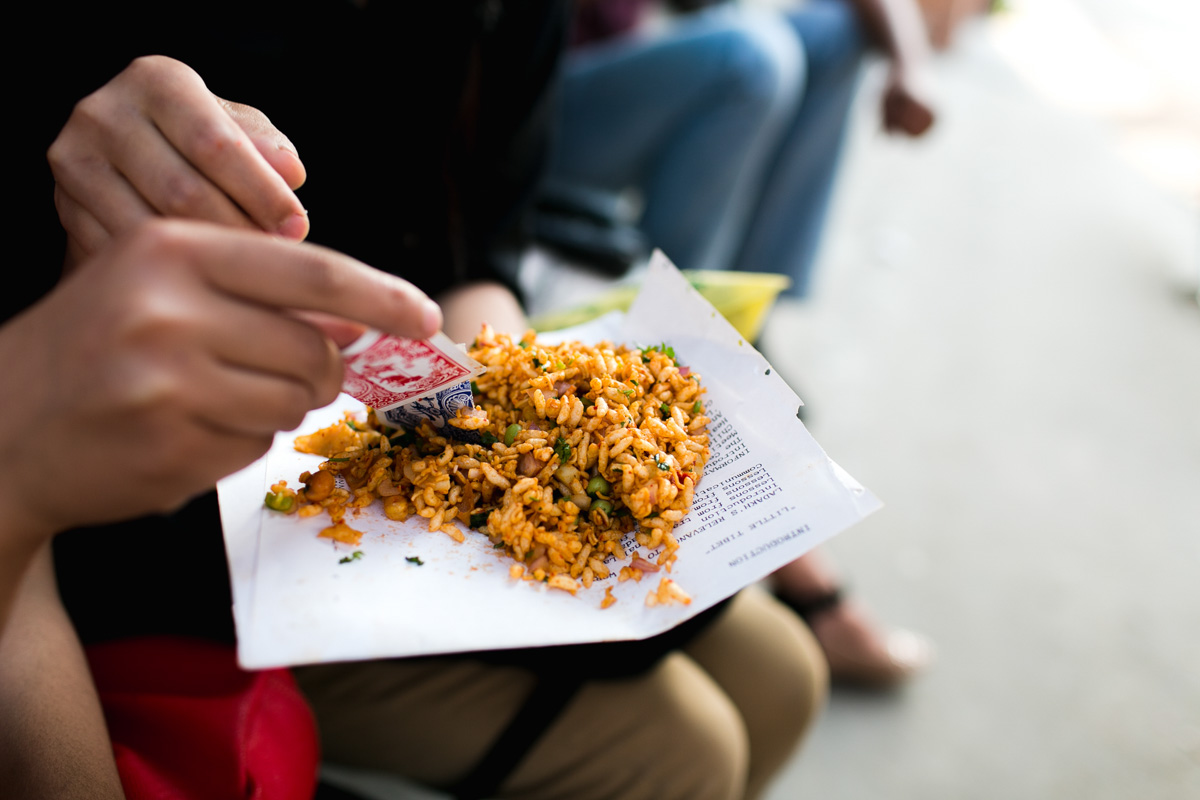
When asked about the quality of his food, he responded, “I make this food from my heart.”
In the future, Keshab has hopes to begin using profits to invest in helping other low-income families search for jobs. What lies at the center of his success is hope for change, determination, persistence, and the pursuit of excellence.
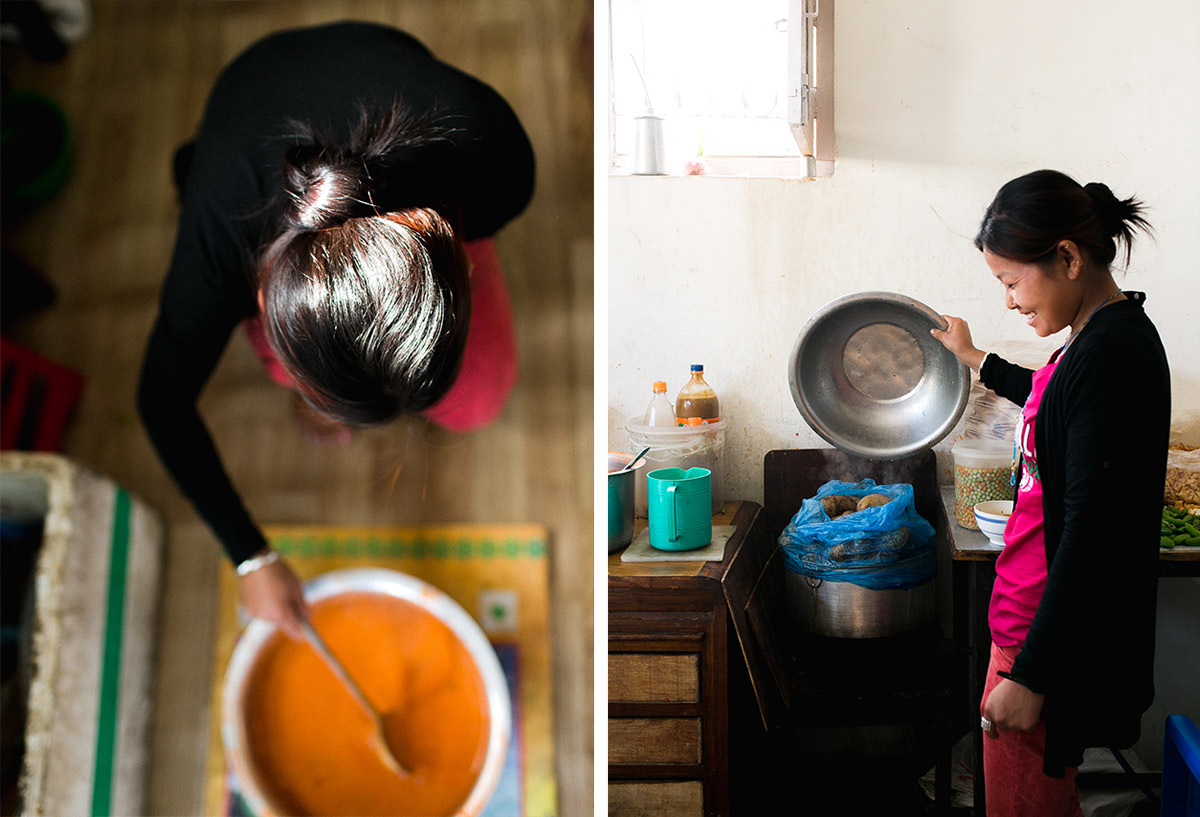
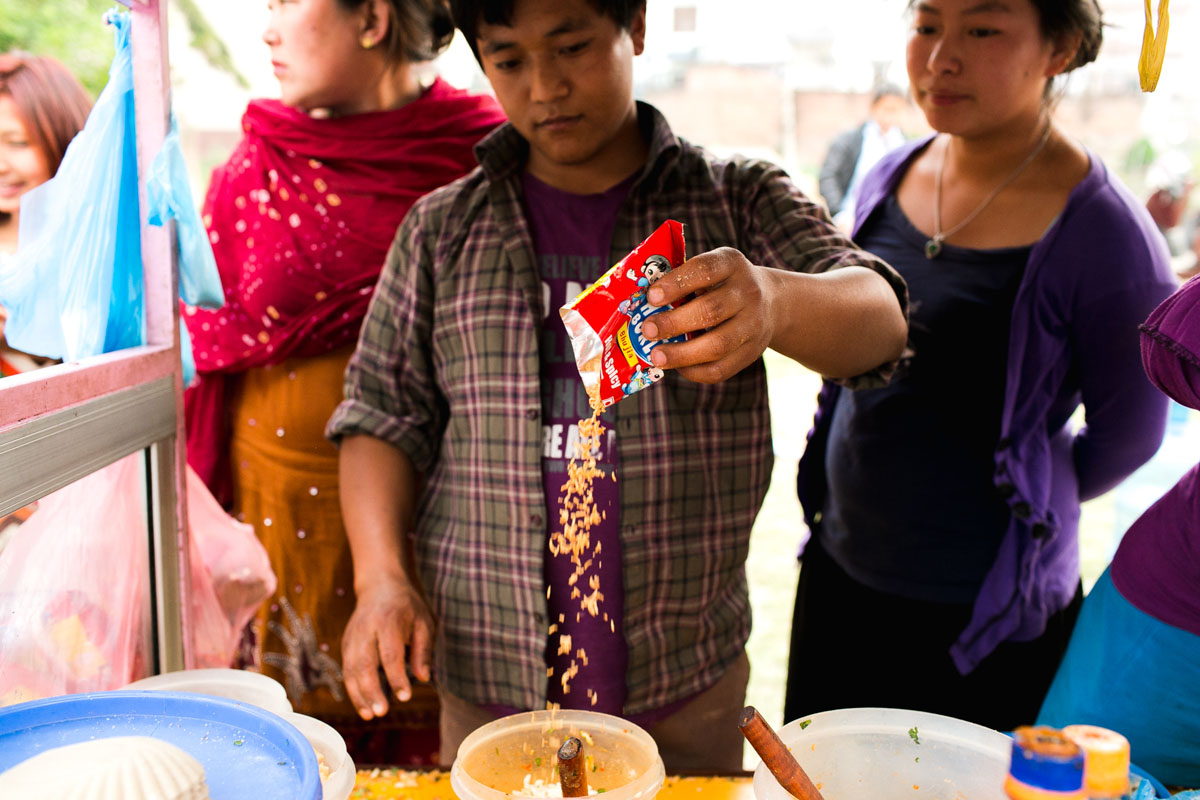
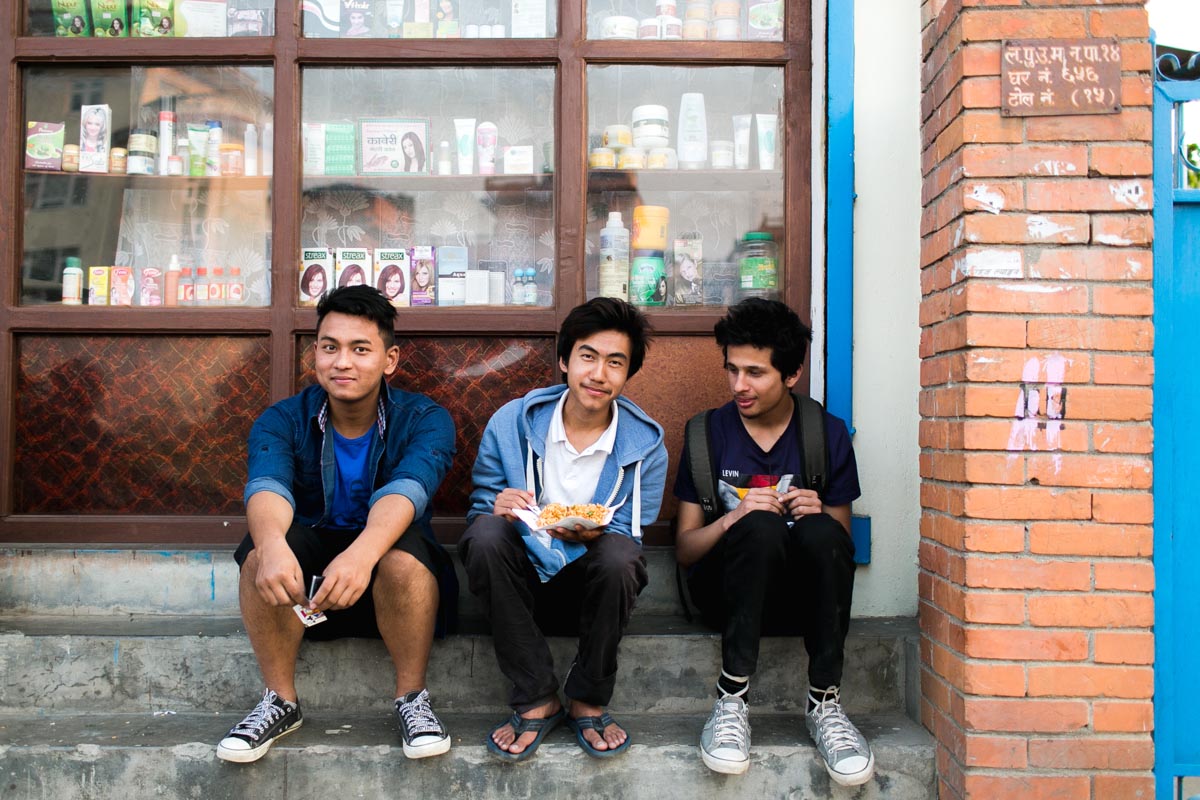
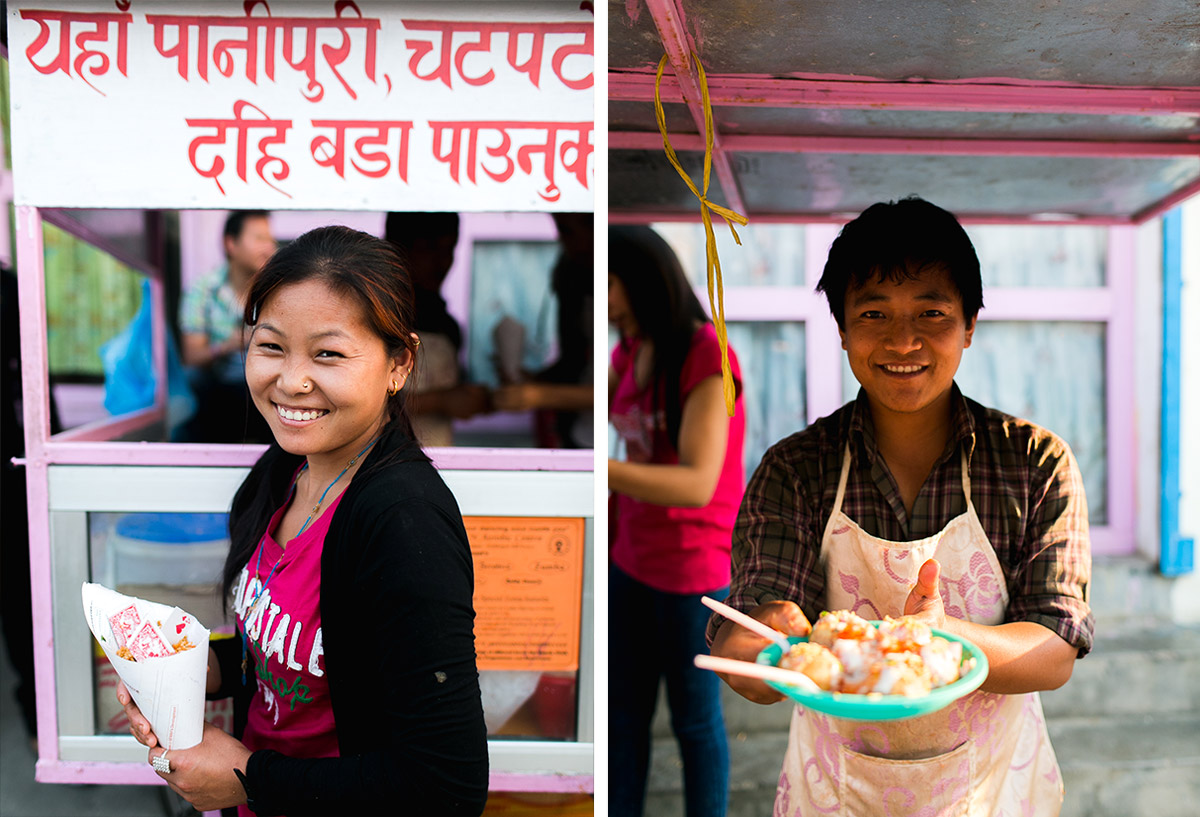







Our comments section is for members only.
Join today to gain exclusive access.